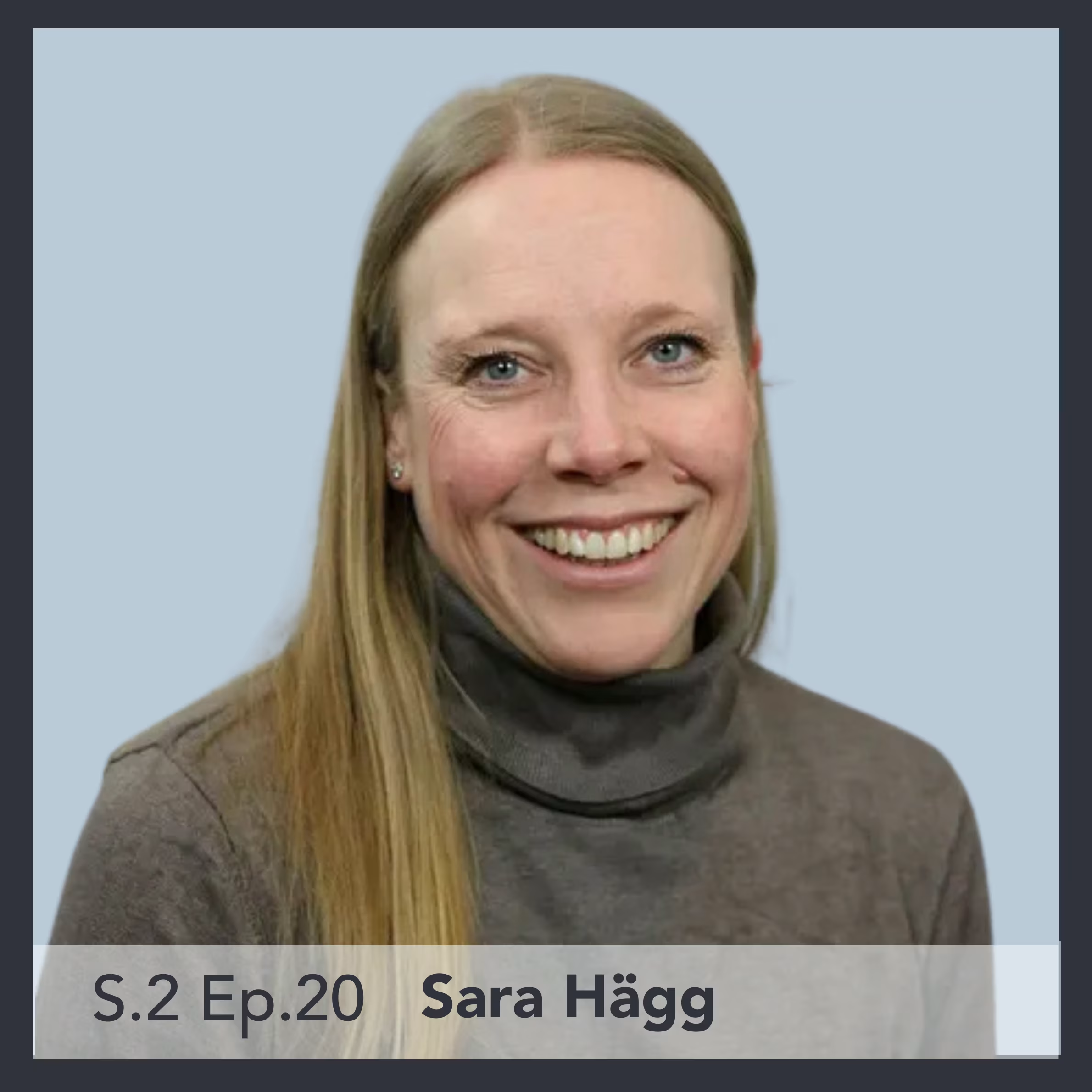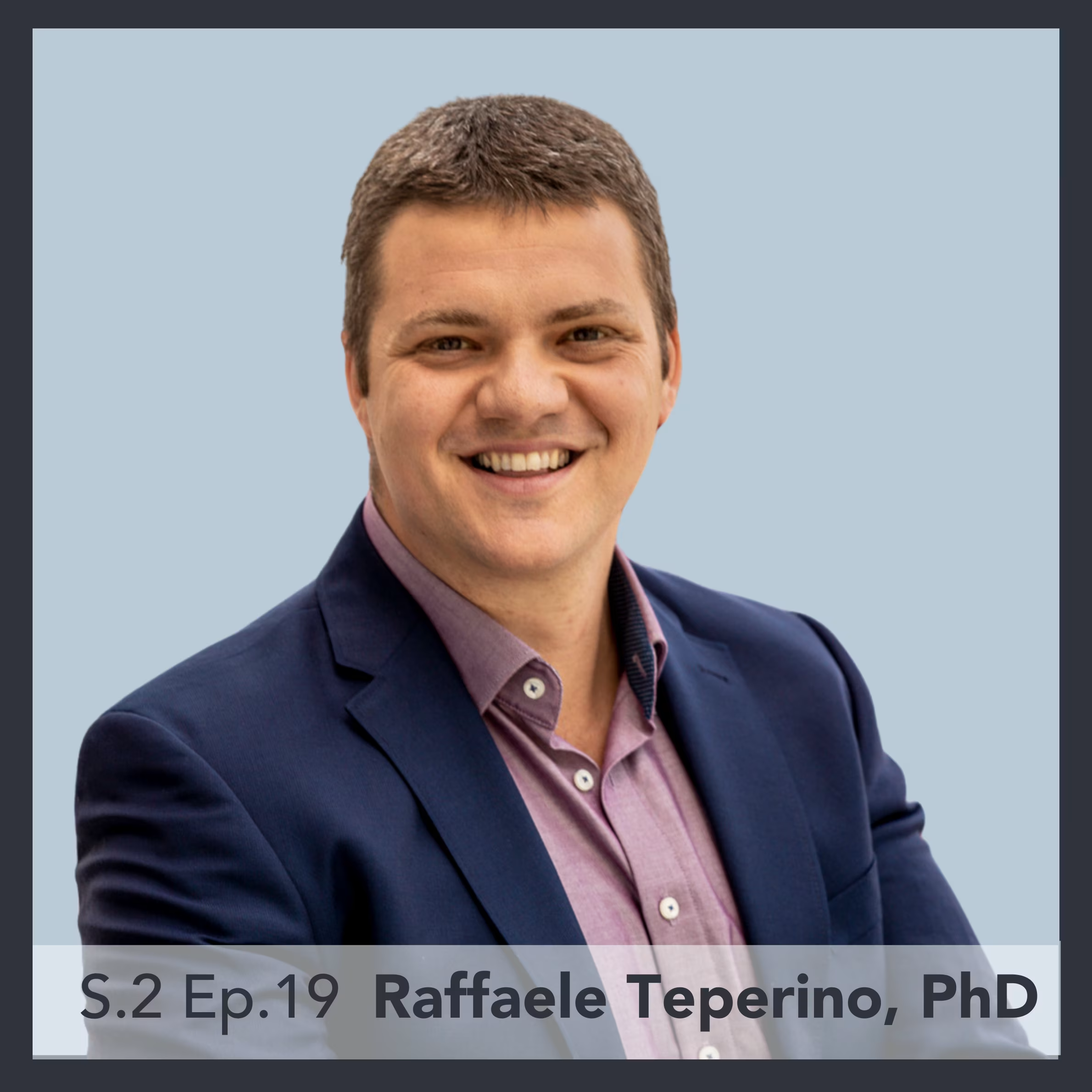The development and application of epigenetic predictors of health is revolutionizing the way we understand and approach personalized medicine. These predictors, derived from analyzing DNA methylation patterns, provide a powerful tool for assessing biological age, disease risk, and overall health.
By leveraging advanced machine learning and AI, researchers can identify specific epigenetic markers that correlate with various health outcomes, allowing for early detection and tailored interventions.
The ability to accurately predict health outcomes and aging processes not only offers individuals a roadmap for healthier living but also promises to reduce healthcare costs by focusing on prevention rather than treatment.
In this week’s episode of the Everything Epigenetics podcast, Dr. Varun Dwaraka and I discuss practical applications of epigenetics, such as the development of epigenetic clocks for measuring biological age. We explain the concept of epigenetic clocks and the different generations of these clocks, emphasizing the importance of reproducibility and association with clinical outcomes.
Varun also introduces how machine learning and AI are used to create Epigenetic Biomarker Proxies (EBPs), developed in collaboration by TruDiagnostic and Harvard, which can provide detailed health insights from a single blood sample. We also cover the significant implications of EBPs, including cost reduction and personalized supplement recommendations from a single blood sample.
In addition, we compare methylation risk scores to epigenetic biomarker proxies, providing a clear understanding of their differences and applications.
Lastly, Varun shares current exciting areas of discovery and ongoing projects, offering a glimpse into the future of epigenetic research and its potential to revolutionize personalized health.
Varun is currently the Head of Bioinformatics at TruDiagnostic and sits on the faculty at the Geneva College of Longevity Science.
In this podcast you’ll learn about:
– Varun’s dissertation that covered epigenetics
– Why studying epigenetics is important
– How epigenetics offers valuable insights into gene expression patterns and the upstream factors contributing to them
– The landscape of epigenetic clocks
– The best bioinformatic practices when developing such clocks
– Stochastic and dynamic aging
– Validation of epigenetic clocks
– Epigenetic biomarker proxies (EBP)
– Ongoing research aiming to expand the list of EBPs
– Methylation risk scores (MR’)
– EBP vs. MRS




